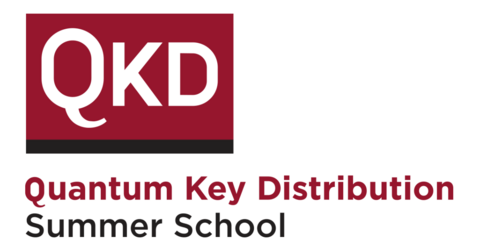Frank Wilhelm-Mauch: Scalable readout and direct parity measurement for superconducting qubits
Frank Wilhelm-Mauch, Universität des Saarlandes, Germany
Readout plays a central role in most quantum information protocols, notably in fault tolerance. While the readout of supercondcuting qubits operating in the microwave regime has reached exquisite performance using Josephson Parametric Amplifiers, these ask for large technological overhead that is difficult to scale down. We will show how a recently introduced microwave photon counter, the Josephson Photomultiplier JPM can be used for qubit readout with much less overhead and even elementary data processing on chip.
